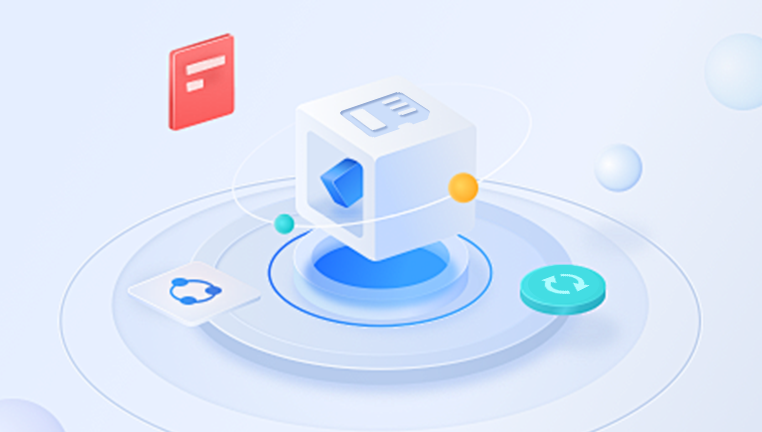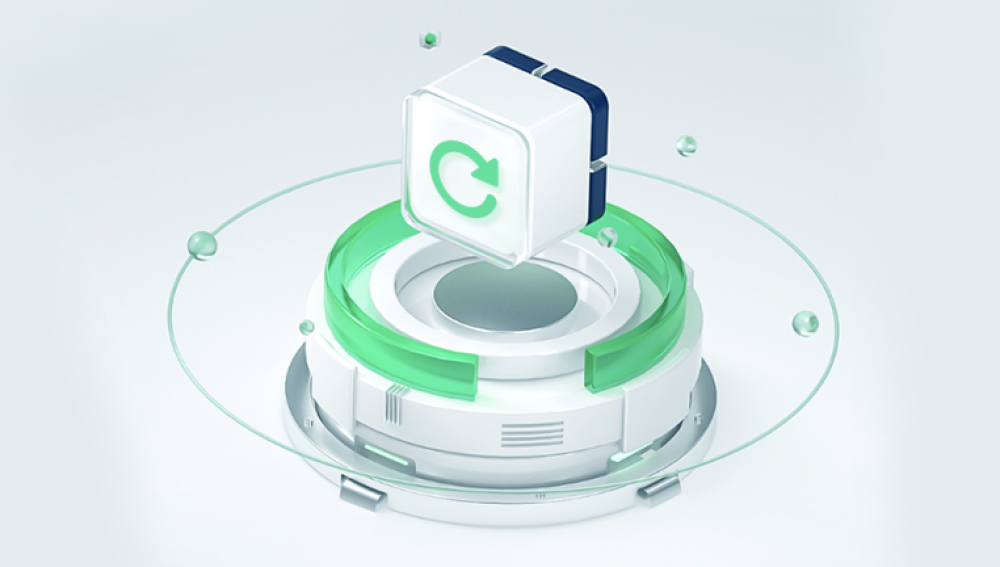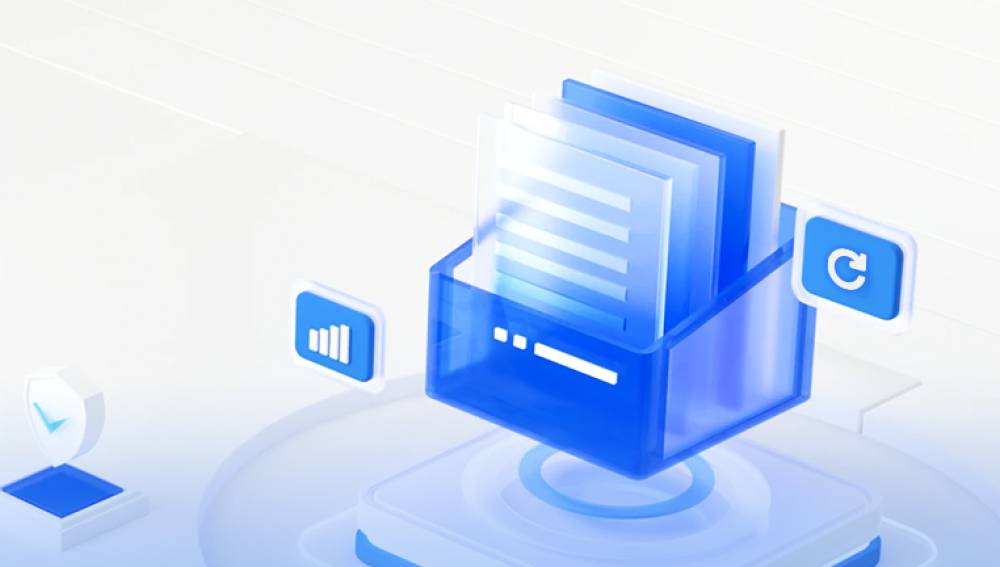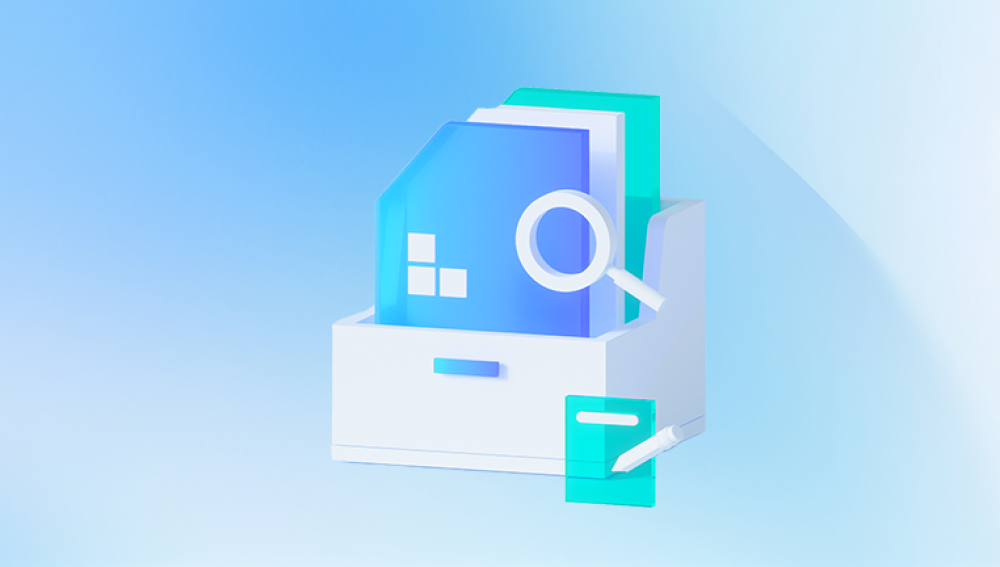SD cards are widely used across various devices digital cameras, smartphones, drones, dash cams, and tablets making them a go-to option for portable data storage. However, SD cards are vulnerable to corruption, which can result in inaccessible, unreadable, or even deleted files. Whether your card shows a “corrupted” error or its contents suddenly disappear, all is not lost. In many cases, the files are still present and recoverable you just need the right approach.
Chapter 1: SD Card Corruption
To recover data effectively, you first need to understand what SD card corruption means. Corruption occurs when the file system becomes damaged or unreadable, preventing access to the data stored within. It doesn’t always mean your data is gone it just can’t be read normally.
Common Signs of a Corrupted SD Card:
“SD card is not accessible” or “Card needs to be formatted” error messages

Files or folders go missing
Card appears blank or RAW
Unusual characters in file names
Media files that won’t open or show errors
Sluggish or unresponsive behavior
Chapter 2: Causes of SD Card Corruption
Understanding what went wrong can help you avoid future issues. Here are the most frequent causes:
Improper ejection of the SD card from a device
Power failures during file transfer
Using the same SD card across multiple devices without reformatting
Virus or malware infections
Manufacturing defects or poor-quality cards
Physical damage like bending, heat exposure, or water
Wear and tear from extended use over time
Chapter 3: Stop! What to Do Immediately
Once you suspect your SD card is corrupted, it’s crucial to stop using it. Here’s why:
Avoid overwriting data. Any new data saved to the card could overwrite recoverable files.
Do not format the card, even if prompted.
Remove the card from the device, and do not attempt to modify or access it further.
Use a write-protected SD card adapter, if available, to prevent any accidental data writing.
The sooner you act and the less you interact with the card, the higher your chances of a successful recovery.
Chapter 4: Recovery Options Overview
Depending on the type of corruption and how your system recognizes the card, here are your primary recovery options:
Photo/File recovery software – For logical corruption or formatted cards
Command-line tools (e.g., CHKDSK) – For fixing minor file system errors
Manual unhide methods – For virus-infected or hidden files
Professional data recovery services – For physical damage or deep corruption
Chapter 5: Using Drecov Data Recovery to Recover Corrupted Files
One of the most effective tools for recovering data from corrupted SD cards is Drecov Data Recovery. It works with all file types—photos, videos, documents—and supports SD, SDHC, and SDXC cards.
Step-by-Step Instructions:
Insert the SD Card into Your Computer
Use a built-in card slot or an external USB card reader. Avoid using the original device for data recovery.
Download and Install Drecov Data Recovery
Install it on your computer, not the SD card. Avoid downloading anything to the card itself.
Launch the Software
Open Drecov Data Recovery and select your SD card from the list of available drives.
Choose a Scan Type
Quick Scan – For recent deletions and minor corruption
Deep Scan – For formatted cards or extensive corruption
Start the Scan
Let the software scan your card. Depending on card size and corruption level, this can take from a few minutes to several hours.
Preview and Recover
Once the scan completes, preview files to verify integrity. Select the ones you want to recover and save them to a secure location not on the SD card.
Backup Immediately
Once your files are safe, back them up to avoid another loss.
Drecov Data Recovery supports FAT32. exFAT, and NTFS file systems and works with most devices.
Chapter 6: Using CHKDSK to Repair a Corrupted SD Card (Windows Only)
If the SD card is not opening or the system prompts you to format it, CHKDSK can fix logical file system issues.
Steps:
Insert your SD card into the computer.
Open Command Prompt as Administrator.
Type:
bash
CopyEdit
chkdsk E: /f
Replace E: with your SD card’s drive letter.
Press Enter and wait. CHKDSK will attempt to fix errors.
Once complete, check if your files are now accessible.
Note: CHKDSK only repairs file system errors; it does not recover deleted files.
Chapter 7: Recover Hidden Files Caused by Malware
Some viruses hide your files rather than delete them. Here’s how to unhide them manually:
Open Command Prompt.
Type:
bash
CopyEdit
attrib -h -r -s /s /d E:\*.*
Replace E: with your SD card’s drive letter.
Press Enter.
This will unhide any files that were made invisible by the system.
Chapter 8: Mac Users – How to Recover Corrupted SD Card Files
For macOS users, here’s how to approach recovery:
Option 1: Disk Utility
Go to Applications > Utilities > Disk Utility.
Select your SD card and click First Aid.
Click Run to repair file system errors.
Option 2: Terminal (for mounting issues)
Use the following Terminal command:
nginx
CopyEdit
diskutil list
Find your SD card and then run:
bash
CopyEdit
diskutil repairDisk /dev/disk2
(Replace /dev/disk2 with your actual disk ID.)
Option 3: Use Drecov Data Recovery for Mac
Follow the same steps as the Windows version to recover your files.
Chapter 9: Recovering Files from a Formatted SD Card
If you accidentally formatted your SD card, all is not lost.
Launch Drecov Data Recovery
Select the formatted SD card
Run a Deep Scan
Preview and recover files
The software can recover files from quick-formatted SD cards. For full formats, results may vary.
Chapter 10: Fixing “SD Card Not Recognized” Errors
If your SD card isn’t showing up in File Explorer:
Check Disk Management:
Press Windows + X > Disk Management
See if your SD card is listed
If unallocated, don’t format—use recovery software
Assign a Drive Letter:
Right-click your SD card > Change Drive Letter and Paths
Assign a new letter and check again
Update or Reinstall Drivers:
Open Device Manager
Under Disk Drives or USB Controllers, update drivers
Try a Different Reader or Computer
Chapter 11: When to Call a Professional
If your SD card is:
Physically cracked or bent
Showing no signs of life
Not recognized in Disk Management
Making odd noises (in the case of microSD readers)
…it’s time to seek professional help.
Recommended Services:
DriveSavers
Ontrack
Secure Data Recovery
Gillware
They have cleanroom environments to retrieve data from physically damaged storage devices.
Chapter 12: Preventing Future Corruption
Now that you’ve recovered your files, take these preventive measures:
1. Always Safely Eject the Card
Never pull out the card while the device is on or data is being transferred.
2. Avoid Using the Same Card in Multiple Devices
Doing so without reformatting can lead to file system conflicts.
3. Format in the Device
Always format the card in the device it will be used in, not on a computer.
4. Backup Regularly
Use cloud storage or external hard drives to keep a copy of your important files.
5. Use Quality SD Cards
Avoid generic or cheap brands; stick with trusted names like SanDisk, Samsung, or Lexar.
6. Replace Aging Cards
If you use your SD card frequently, consider replacing it every 1–2 years.
Corrupted SD cards don’t have to mean lost memories or missed deadlines. With the right approach and a bit of patience you can successfully recover corrupted files from your SD card. Whether you use powerful tools like Drecov Data Recovery, system utilities like CHKDSK, or even manual commands to unhide files, recovery is often possible.
Act quickly, stop writing to the card, and choose the recovery method that fits your situation. In more severe cases, professional help is available. Once your data is safe, build a regular backup habit and take precautions to avoid data loss in the future.




